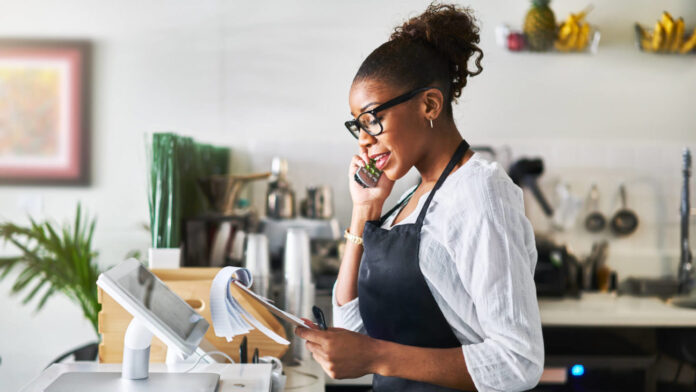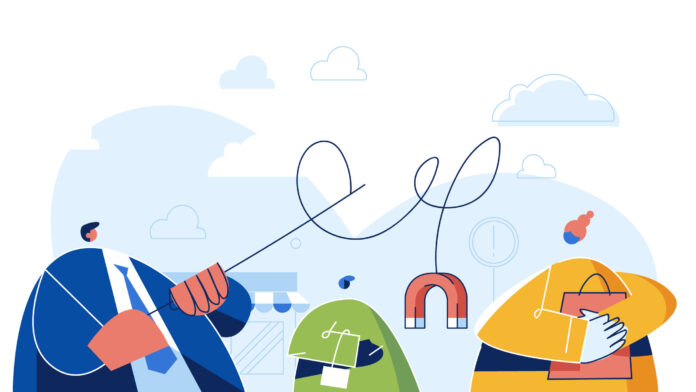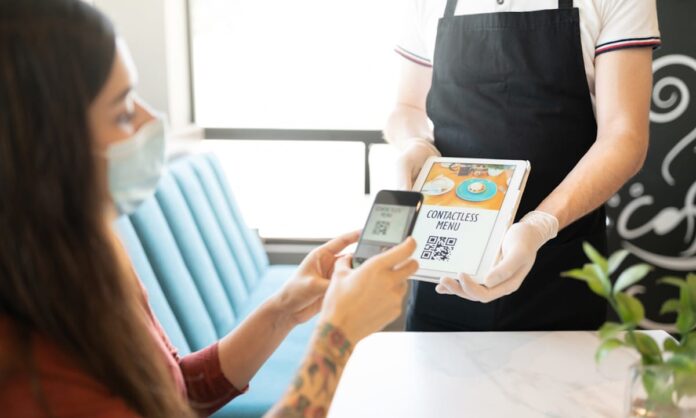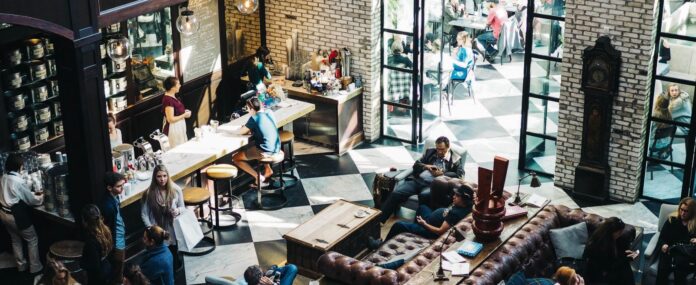The restaurant industry is changing, and it’s not just because of the damage the pandemic did.
While we’ve definitely seen an uptick in takeout during the past year, restaurants have also been experimenting with ways to boost their profits. Over the past few years, we’ve seen the rise of ghost kitchens, advertising platforms like Bloc, and even restaurants that haven’t opened yet but are already making money off of merchandise sales. So what does this all mean for customers? In this article, we’ll look at how these trends have impacted your experience so far, and what could change about dining out in the future.
What is the future of the Restaurant Industry?
Off-premise orders aren’t going anywhere soon

Off-premise order growth is projected to continue, with the number of orders growing by more than 50% in the coming years. It’s easy to see why: off-premise ordering offers convenience for customers and restaurants alike. Restaurant patrons can take advantage of these services to skip long lines at their favorite spots, while restaurants save money on labor costs without sacrificing service quality or customer satisfaction.
Technology will play a crucial part in the future
The future of the restaurant industry is here. Technology will play a crucial part in how it evolves, and there is no going back.
Whether it’s helping with efficiency, delivering a better customer experience, or streamlining operations, technology will always be there to help.
Menu engineering is key to staying in the game
Menu engineering is the science of creating menus that appeal to your target customer. It’s a way to analyze, group, and categorize menu items based on their ingredients and prices. This is important because if you know how much people are willing to spend on each item, it will help you make more money.
Menu engineering helps you stay in the game by helping you create menus that increase profits. You can use this information when planning promotions or specials for your business, as well as when deciding which items should be on sale at any given time or seasonally.
Menu engineering also enables restaurant owners and managers to better understand their customers’ needs so they can meet them by offering what those customers want most without overspending on food costs or having too little inventory available at any given time.
Customers will need reassurance about Safety and Hygiene
One of the most important factors in a customer’s decision to dine out is food safety, do restaurants need to be able to provide reassurance that they are operating at an industry-leading standard.
Customers want to know that restaurants are taking food safety seriously and doing everything they can to keep them safe. They’re more aware than ever before of issues like cross-contamination, hygiene practices, and staff training in order to ensure this.
Data will be critical to retaining guests

Data is key to retaining guests. It’s no secret that data is important in the restaurant industry, but it’s becoming increasingly clear that the right data can help you retain customers and get ahead of trends, whether you’re a casual or fine-dining establishment. Data can help you understand your guests better and make the most of your marketing efforts. That means offering tailored products, services, and experiences that meet their needs and preferences—and maybe even anticipate them before they know what they want.
Data also give a company insight into how it stacks up against competitors both locally and nationally; this information can be used to develop strategies for getting ahead of competitors’ offerings or deciding where to open new locations based on market trends.
Automation will be key to scaling hospitality efforts
The restaurant industry is already being transformed by automation. Automation has already allowed restaurants to scale their operations and become more efficient, while also providing them with an advantage over competitors. In the future, it will be even more important for restaurants to integrate automation into their business models in order to stay competitive.
The digital experience will be more important than ever before
Consumers are increasingly seeking out experiences that are personalized, interactive, and provide a sense of community. Food is one of the most social experiences we can have as humans, so it’s no surprise that consumers want to be able to share their dining experiences with friends in real-time.
For restaurants looking to create brand loyalty, this means offering an online platform where they can interact with customers on social media or via messaging apps like WhatsApp or WeChat. It also means providing online ordering options when possible, so diners don’t have to wait in line for a table.
Convenience will be a top priority for diners
In the future, diners will want to be able to order and pay for their food in a matter of seconds. They’ll also want it quickly brought to them, so they can get in and out of the restaurant as fast as possible. Diners will need restaurants that understand this need and adapt accordingly.
Contactless Payment

Contactless payment is a payment method that allows customers to pay for goods and services by tapping or swiping a contactless payment card or device against a point of sale terminal.
Contactless cards are generally cheaper than their physical counterparts, as they do not require the embossing of the card with three-dimensional security features, which can be expensive.
Contactless payments made with a smartwatch have seen increased popularity since Apple Pay, Android Pay, and Samsung Pay were introduced to consumers in 2015.
The online table reservation system
Online table reservation systems will be the norm in future restaurants. Customers want their lives to be easier and that includes reservations, which is why they will prefer this method.
When it comes to dining out, customers have a variety of options for making reservations: you can call the restaurant directly and make your own reservation; you can use an online booking tool that connects you with individual restaurants; or you can use third-party sites like OpenTable or Yelp Reservations. Each has its own benefits and drawbacks—some provide better customer service than others, while some offer cheaper rates than others—but all these platforms require either having to pick up the phone or use an app.
Conclusion
In the future, we can expect to see more and more things like this happening at our favorite restaurants. The industry is going through some big changes right now and it can be hard for restaurateurs to keep up with all of them, but one thing is for sure: The customer will always come first! And that’s why they need to be able to order online or via an app where they have access not just on their phone but also on any device with internet access – so whether you’re at home sitting down in front of your computer, out at a bar waiting around for friends while drinking a beer or even sitting comfortably on the sofa watching tv there will always be something interesting happening online.




